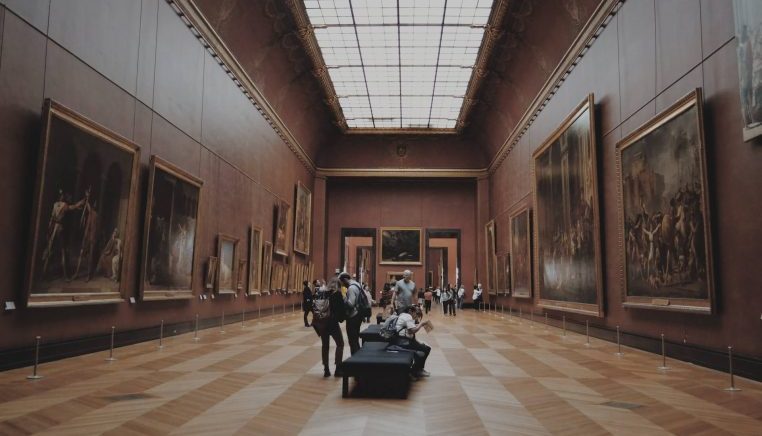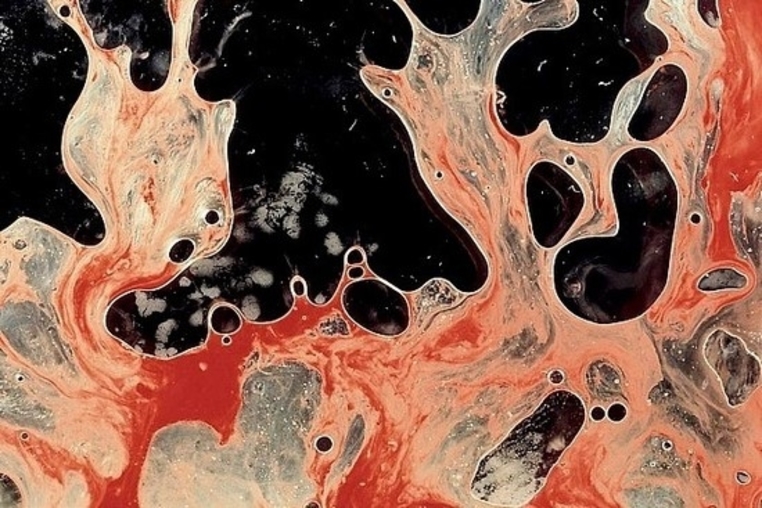Iconic Artworks that Shaped the Course of Art History
Art history is an ever-unfolding narrative, woven by the hands of masterful artists and their transformative creations. These iconic artworks, revered for their profound impact, serve as beacons illuminating the artistic landscape across epochs. They are not just artistic endeavors; they are windows into the souls of their creators, reflections of cultural zeitgeists, and catalysts for artistic movements. This exploration embarks on a captivating journey through a selection of these extraordinary creations, unveiling the intricate ways in which they have shaped the trajectory of art history, kindled artistic revolutions, and etched indelible imprints on the canvas of human culture.
Mona Lisa by Leonardo da Vinci
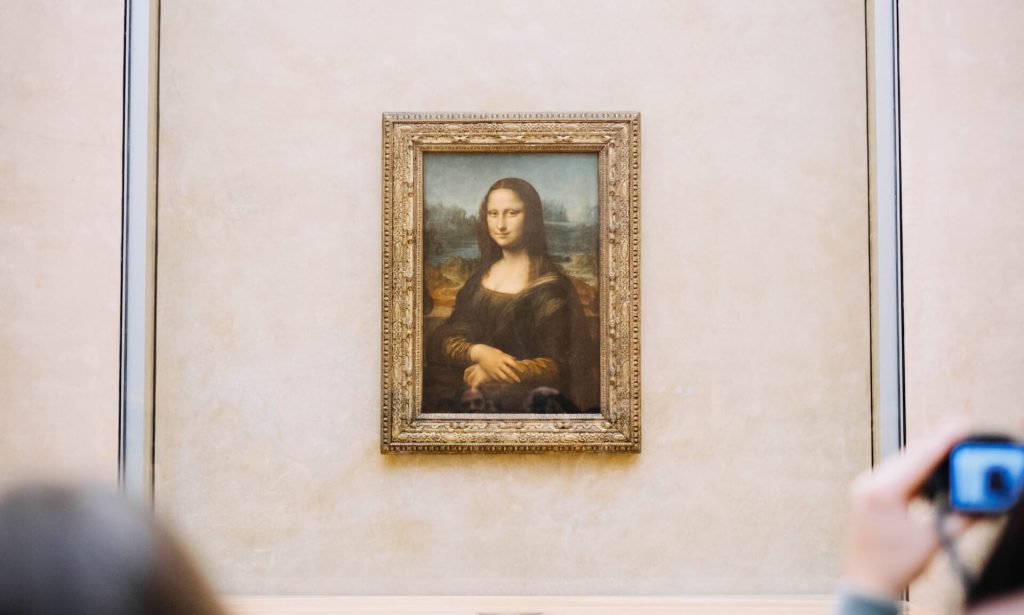
Leonardo da Vinci’s “Mona Lisa” reigns supreme as a paragon of artistry, intrigue, and mastery. Beyond the brushstrokes, her enigmatic smile and captivating gaze have inspired countless interpretations and cultural references. Da Vinci’s deft portrayal not only captured the essence of his subject but also marked a watershed moment in portraiture, exemplifying the Renaissance focus on the individual. The meticulous rendering of light and shadow immortalized Mona Lisa’s charm and redefined the parameters of artistic realism, setting a precedent for generations to come.
The Starry Night by Vincent van Gogh
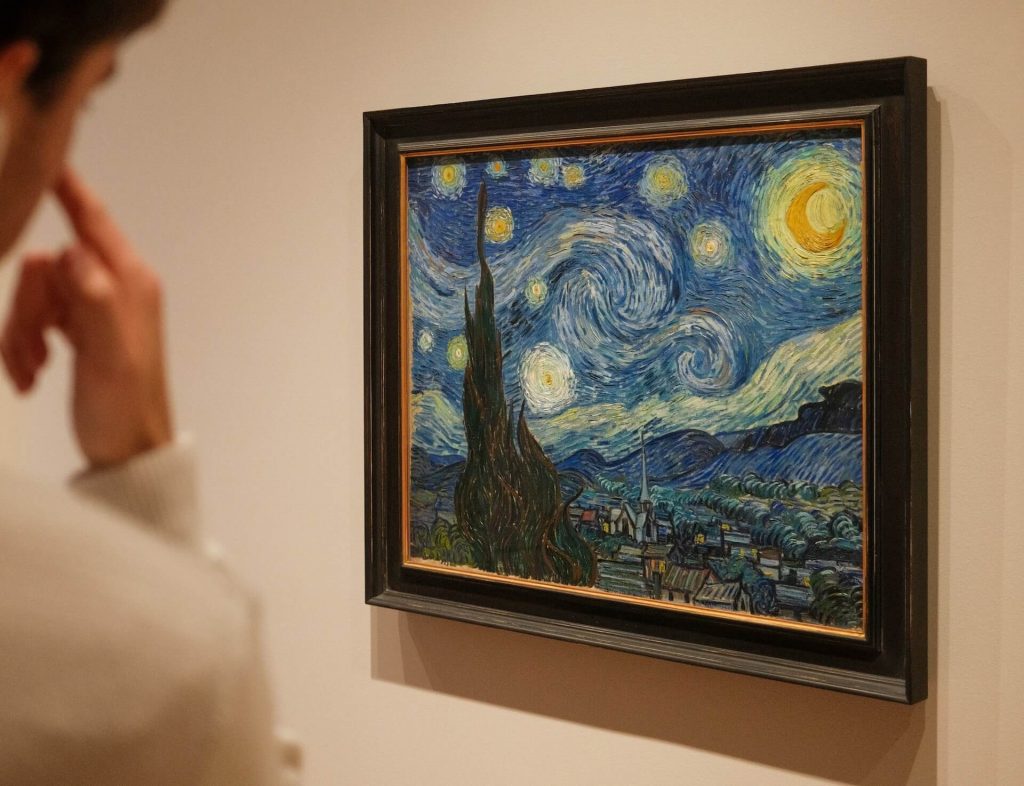
Vincent van Gogh’s “The Starry Night” stands as a testament to the visceral connection between art and emotion. The swirling patterns of the night sky, juxtaposed with the tranquil village below, mirror the tumultuous currents of van Gogh’s own psyche. This masterpiece, wrought in hues that evoke both serenity and turbulence, marks the zenith of post-impressionism. “The Starry Night” embodies van Gogh’s unyielding commitment to conveying emotional intensity through art, and its enduring influence has resonated with artists exploring the depths of their own sentiments.
The Persistence of Memory by Salvador Dalí
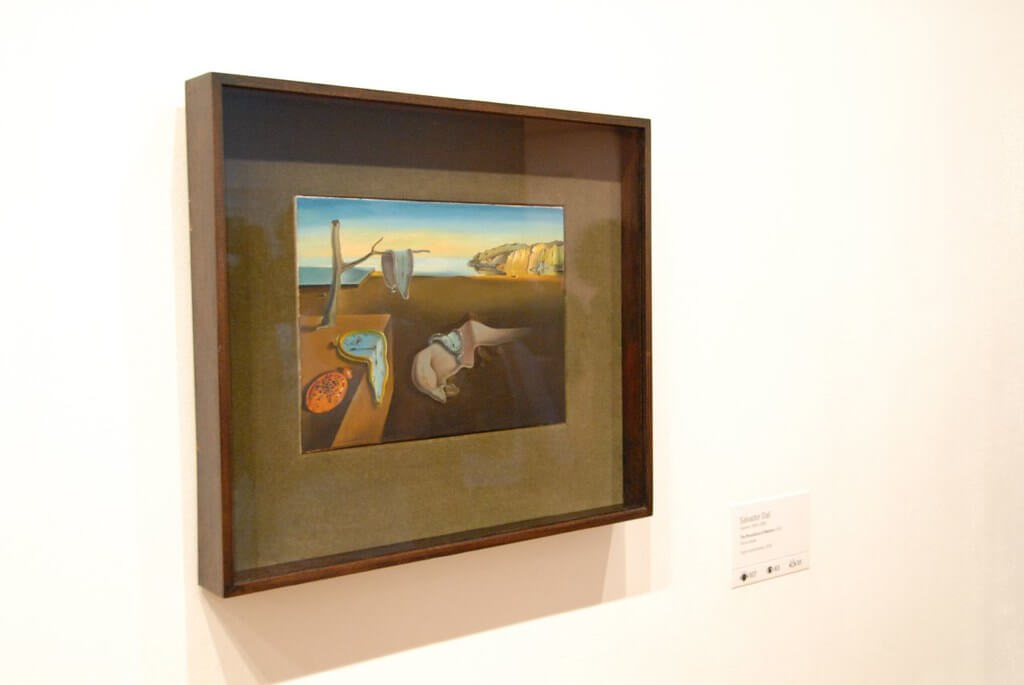
Salvador Dalí’s “The Persistence of Memory” is a gateway into the realm of dreams and surrealism. The melting clocks, draped over barren landscapes, invite viewers to question the very nature of reality. This enigmatic masterpiece is emblematic of the Surrealist movement, a conduit for Dalí’s exploration of the subconscious mind and its interplay with time. The blend of meticulous technique and profound symbolism has shaped the modern art discourse, encapsulating the metamorphic potential of creativity.
Guernica by Pablo Picasso

Pablo Picasso’s “Guernica” transcends its canvas to become a fervent voice against the horrors of war. The fractured forms and anguished figures depict the suffering endured during the Spanish Civil War, elevating the artwork to an emblem of protest and resilience. Picasso’s visual outcry has resonated far beyond the confines of art galleries, morphing into a universal symbol of social activism and a testament to the transformative power of art in times of crisis.
Campbell’s Soup Cans by Andy Warhol

Andy Warhol’s “Campbell’s Soup Cans” thrusts the every day into the realm of high art, catalyzing the pop art movement. This series of paintings, each can meticulously portray, blurs the line between commercialism and artistic expression. Through his repetitive imagery, Warhol invites contemplation on consumer culture and challenges the traditional definitions of art. “Campbell’s Soup Cans” epitomizes the power of artistic subversion, provoking discourse on the blurred boundaries between high and low culture.
The Birth of Venus by Sandro Botticelli
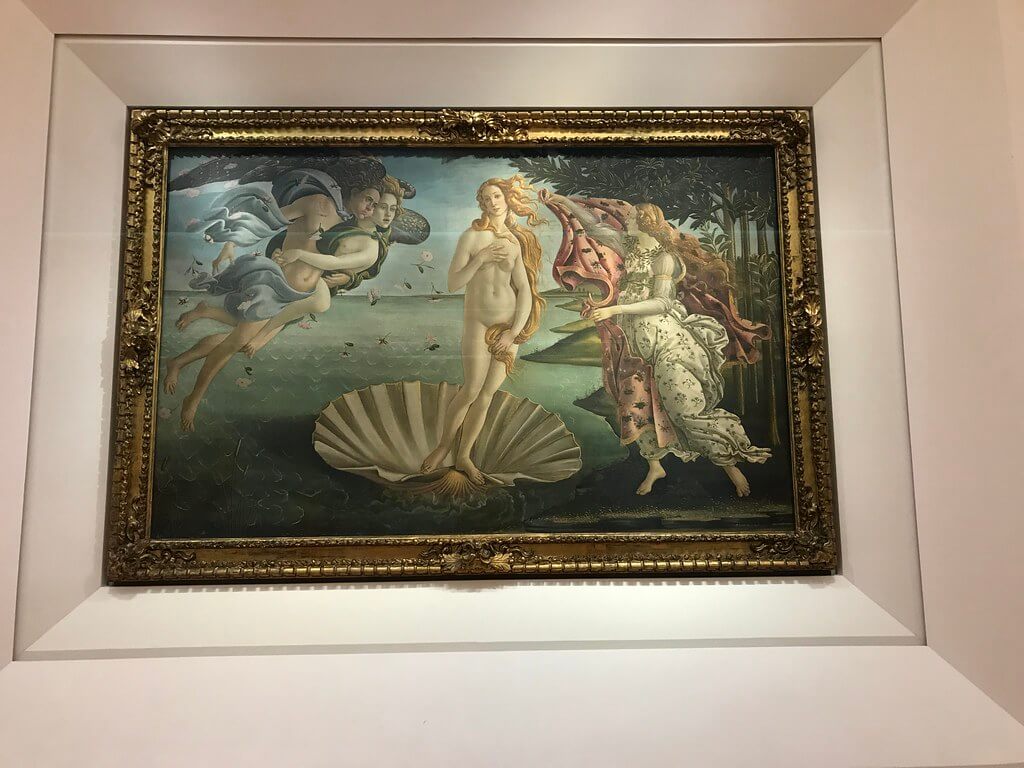
Sandro Botticelli’s “The Birth of Venus” stands as a resplendent testament to the Renaissance’s infatuation with classical ideals. The birth of the goddess from the sea foam encapsulates the revival of ancient mythology and ideals, underscoring the Renaissance’s reverence for antiquity. Botticelli’s intricate portrayal of the female form serves as a cultural compass, steering the era’s artistic endeavors toward mythic grandeur and timeless beauty.
Les Demoiselles d’Avignon by Pablo Picasso
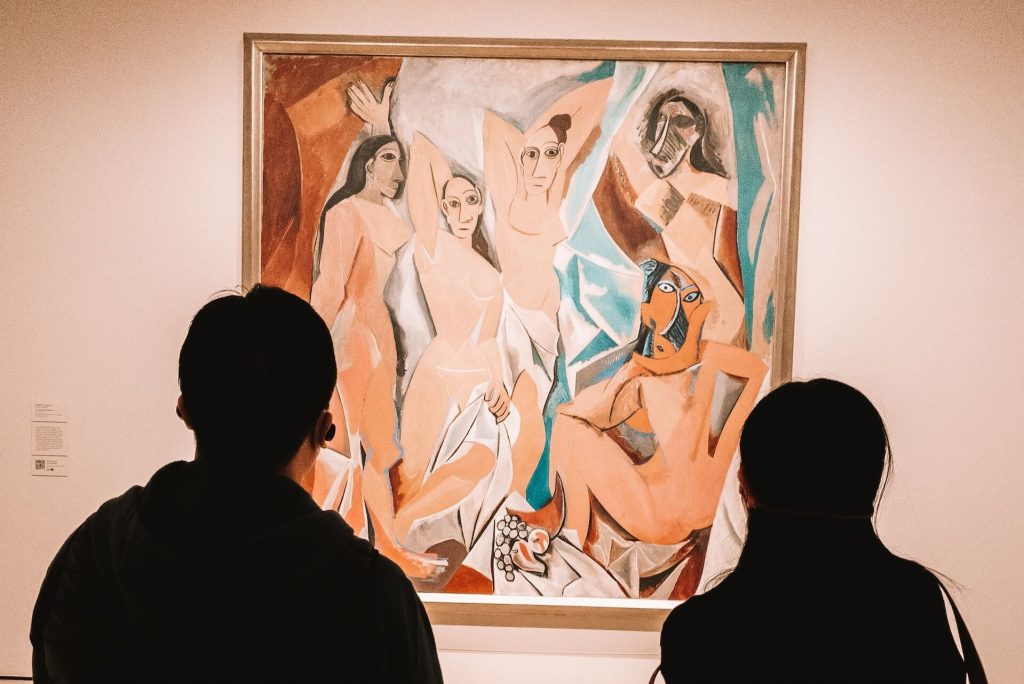
Pablo Picasso’s “Les Demoiselles d’Avignon” is a seismic eruption of artistic convention, pioneering the cubist movement. The distorted figures and fractured planes challenge the established norms of perspective and representation. This groundbreaking masterpiece ignites dialogue on the multidimensionality of human perception and heralds a new era of artistic exploration. Picasso’s audacious departure from tradition reverberates through the annals of modern art history.
American Gothic by Grant Wood
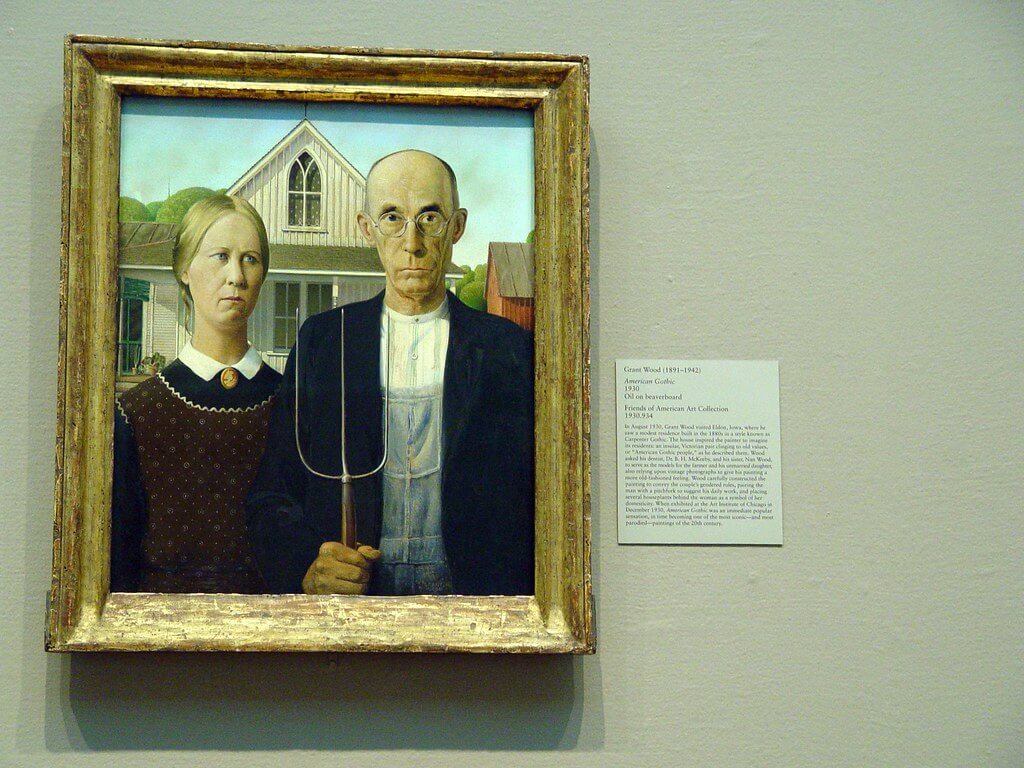
Grant Wood’s “American Gothic” is a paean to resilience amidst adversity, etching the struggles of rural America during the Great Depression. The stern farmer and his daughter, resolute before their modest home, embody the stoic strength of heartland communities. Wood’s meticulous portrayal invokes the era’s socio-economic milieu, encapsulating a poignant snapshot of a nation weathering hardship and retaining its core values.
Whistler’s Mother by James McNeill Whistler
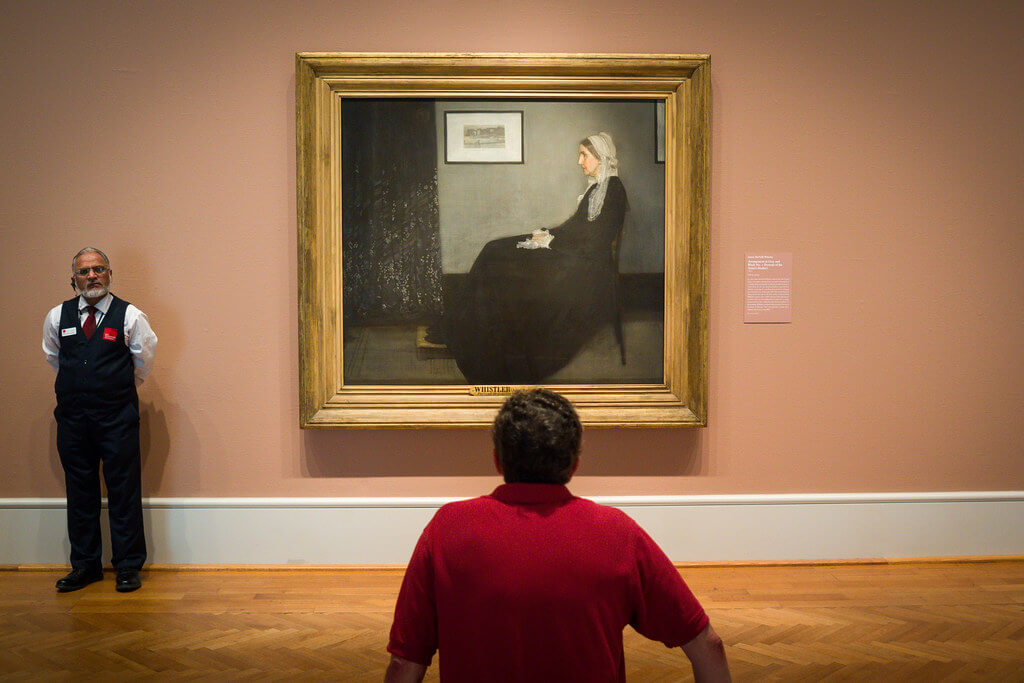
James McNeill Whistler’s “Whistler’s Mother” speaks volumes through its quiet simplicity. The subtle emotions captured within this iconic artwork resonate universally, transcending temporal and cultural boundaries. Through a minimalist approach, Whistler explores the intricate emotions of motherhood and familial bonds, etching an enduring testament to the universality of love and sacrifice.
David by Michelangelo
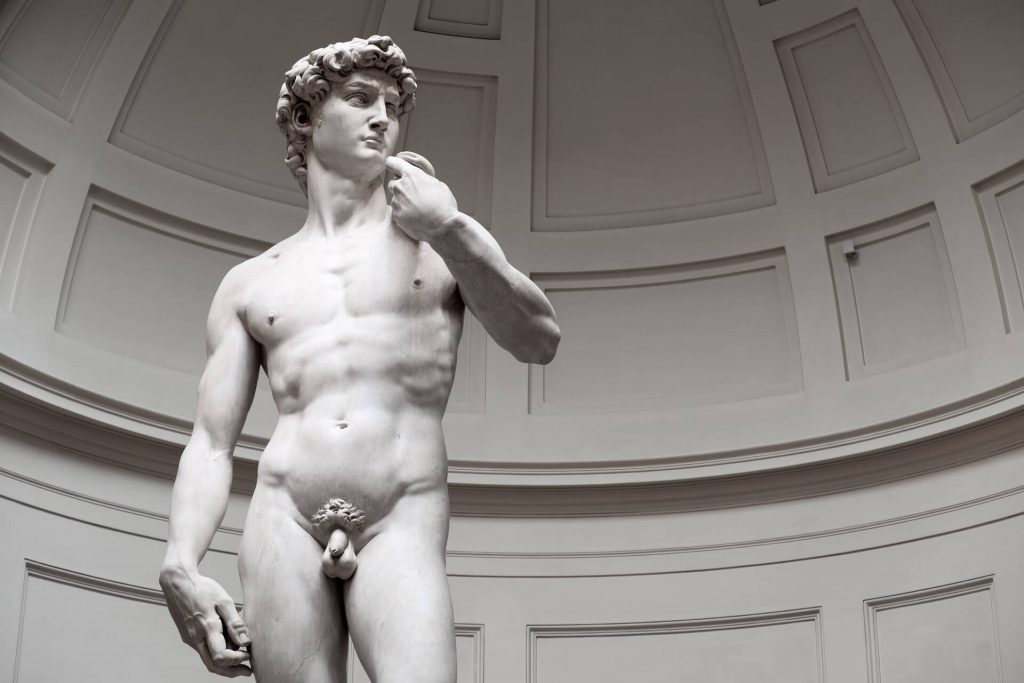
Michelangelo’s “David” is an exemplar of artistic precision and Renaissance revivalism. Carved from a single block of marble, the sculpture attains an unparalleled level of anatomical accuracy and heroic idealism. Beyond its artistic mastery, “David” reverberates as a testament to the revival of classical aesthetics and humanism, immortalizing the Renaissance’s fascination with human potential.
The Scream by Edvard Munch
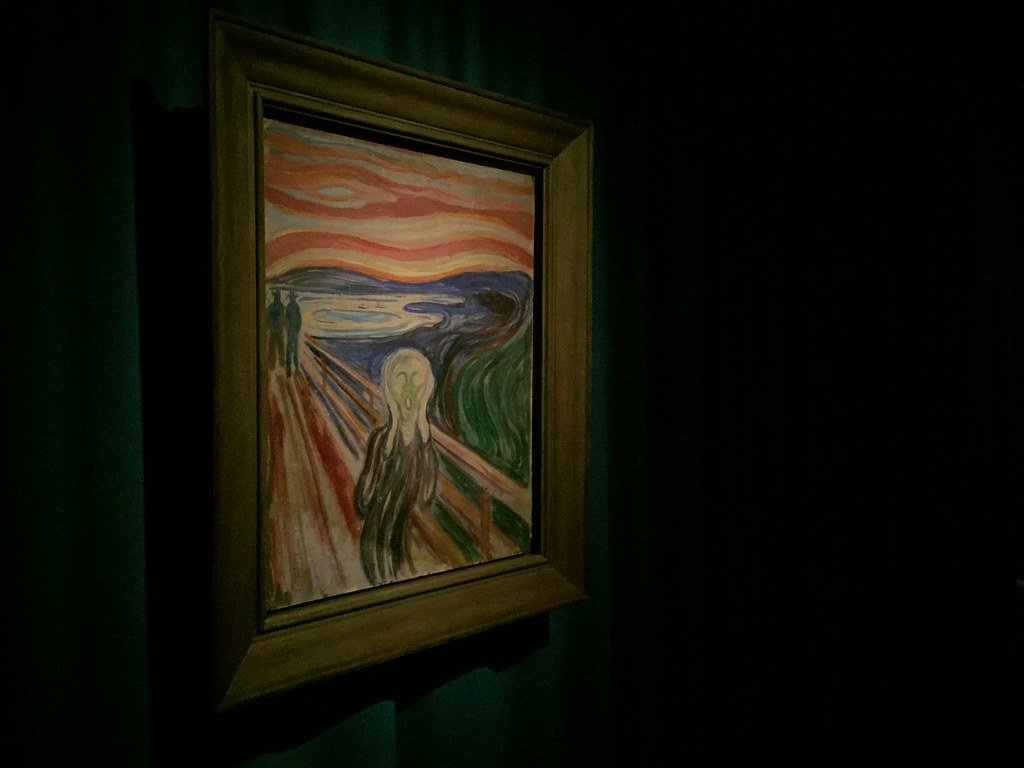
Edvard Munch’s “The Scream” is a visual symphony of human anxiety, capturing the existential turmoil of modernity. The distorted figure against a backdrop of vivid hues is an ode to the angst-ridden psyche of the era. Munch’s masterpiece serves as a testament to the universality of human fears and emotional struggles, echoing across time and resonating with individuals from all walks of life.
Water Lilies series by Claude Monet

Claude Monet’s “Water Lilies” series transports viewers into a realm of tranquility and luminous beauty. The shimmering water surfaces and harmonious color palettes redefine our perception of the natural world, encapsulating the essence of the Impressionist movement. Through delicate brushwork and masterful manipulation of light, Monet crafts an ethereal dreamscape that transforms our connection to the serene beauty that envelops us.
Conclusion
The tapestry of art history is woven with the threads of these iconic artworks, each a beacon of creative ingenuity and cultural resonance. These masterpieces have reshaped artistic paradigms, ignited revolutions, and left lasting impressions on the collective psyche. From da Vinci’s enigmatic muse to Monet’s glistening waters, these creations encapsulate the human experience across time and space. They teach us that art transcends aesthetics; it’s a testament to the human spirit’s boundless capacity for expression, reflection, and transformation. As we gaze upon these transformative works, we are reminded of the indelible mark they’ve left on the canvas of human culture, forever shaping the narrative of art history.

